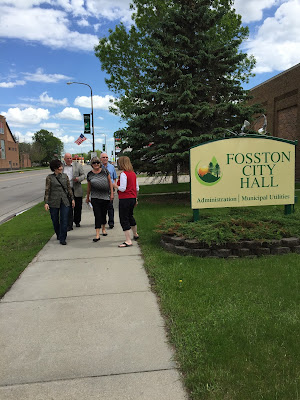 |
| Too much sugar in your diet may raise your risk of dying of heart disease, even if you are not overweight. |
Let’s face it – eating sweets is a huge part of life. When we celebrate, we eat cake. When we are sad, we eat ice cream. When we get together with friends for coffee, we eat cookies. When we were kids and had a boo-boo, mom made it feel better by offering us a treat.
As a nation, we certainly love our sweets. However, we never see most of the sugar we are consuming because it is hidden in the foods we eat. To give you an idea of how much we are actually eating, if you sat down with a plate in front of you, piled with 22 teaspoons of sugar, you would be looking at the amount consumed by the average American.
While moderate amounts of sugar are fine, too much can lead to health problems such as weight gain, mood swings, tooth decay, and even cardiovascular disease.
A study, “Added Sugar Intake and Cardiovascular Diseases Mortality Among US Adults,” published by a group of researchers about a year ago in JAMA Internal Medicine, found that too much sugar in your diet may raise your risk of dying of heart disease – even if you are not overweight.
The rigorous study followed participants over the course of
15 years. Participants who took in 25% or more of their daily calories as sugar
were more than twice as likely to die from heart disease as those whose diets
included less than 10% added sugar.
Sugar-sweetened beverages like sodas, energy drinks, and
sports drinks account for more than one-third of the added sugar consumed by
the average American. Other major sources of added sugar include cookies,
pastries, and similar treats; fruit drinks; ice cream and frozen yogurt; candy;
and ready-to-eat cereals.
Is sugar consumption actually boosting the risk of heart disease,
or is the real problem that people are eating sugar-laden foods instead of
healthy foods? To answer that question, researchers measured the participants’ Healthy
Eating Index, showing how well their diets compared to dietary guidelines.
The study found that no matter how high someone scored on
the Healthy Eating Index, if they ate more sugar, they had higher cardiovascular
mortality. In other words, too much sugar leads to heart problems, no matter
how healthy the rest of a person’s diet may be.
How much sugar should we be eating every day? The American
Heart Association recommends that women consume less than 100 calories of added
sugar per day (about six teaspoons) and men consume less than 150 per day
(about nine teaspoons).
A 12-ounce can of regular soda contains about 9 teaspoons of
sugar, so even one can will put all women and most men over the daily limit.
If you need something sweet, consider a fruit-based dessert.
That way you are not just consuming empty calories and you are at least getting
some nutritional benefit. Trying to cut down on soda? Try mixing a little fruit
juice with seltzer water. Holding a meeting or hosting a party? Offer some
healthy alternatives without added sugar, like fruit or fresh veggies. Less
sugar is a good thing.
